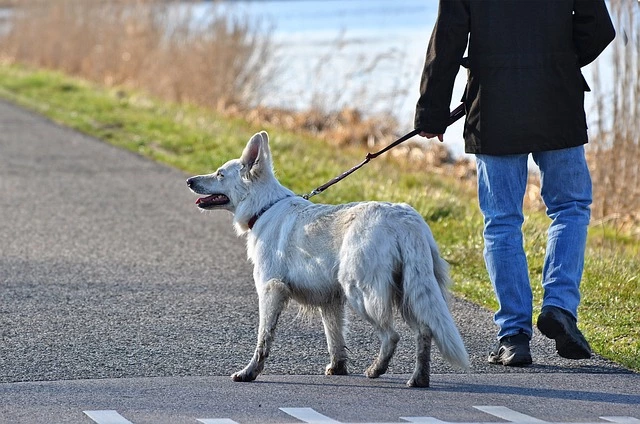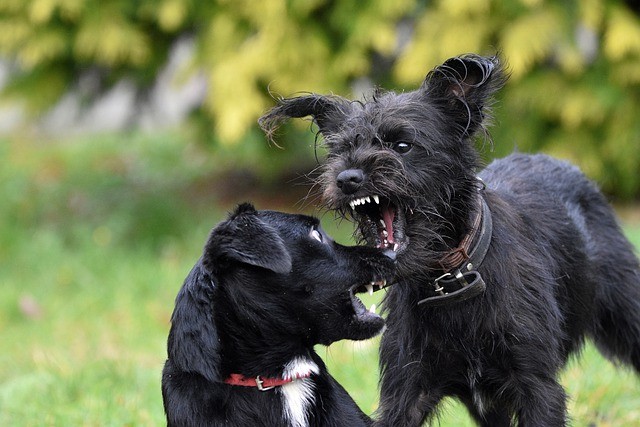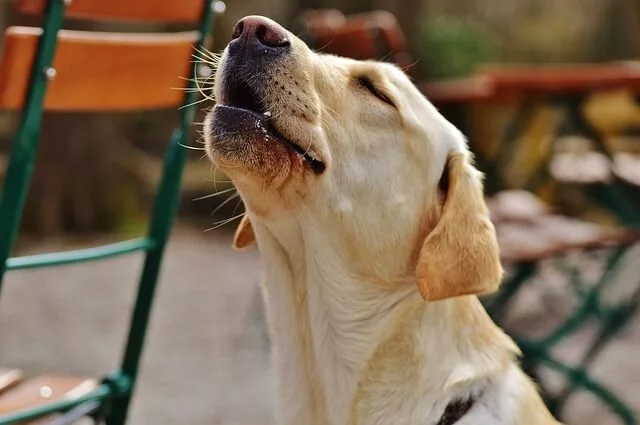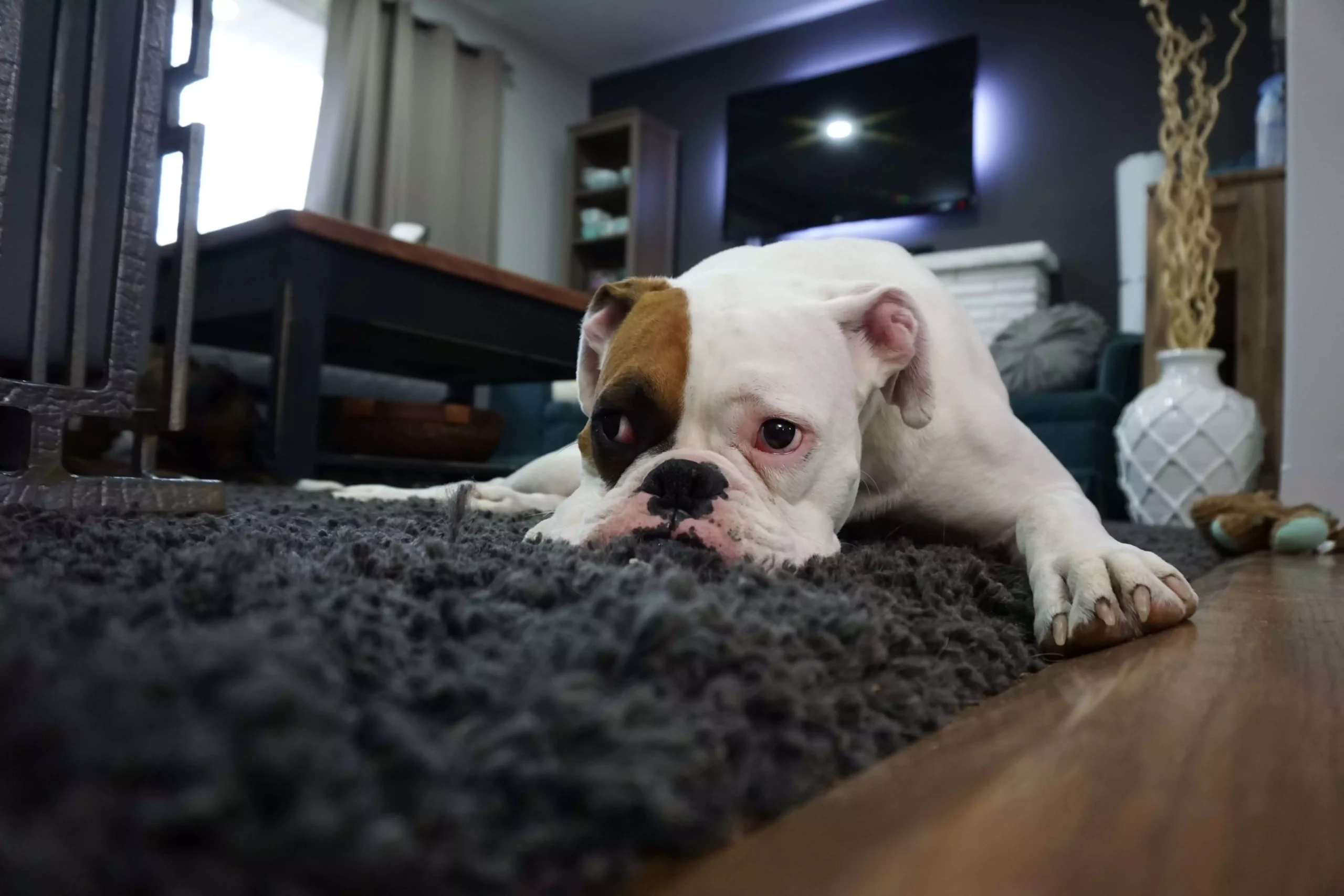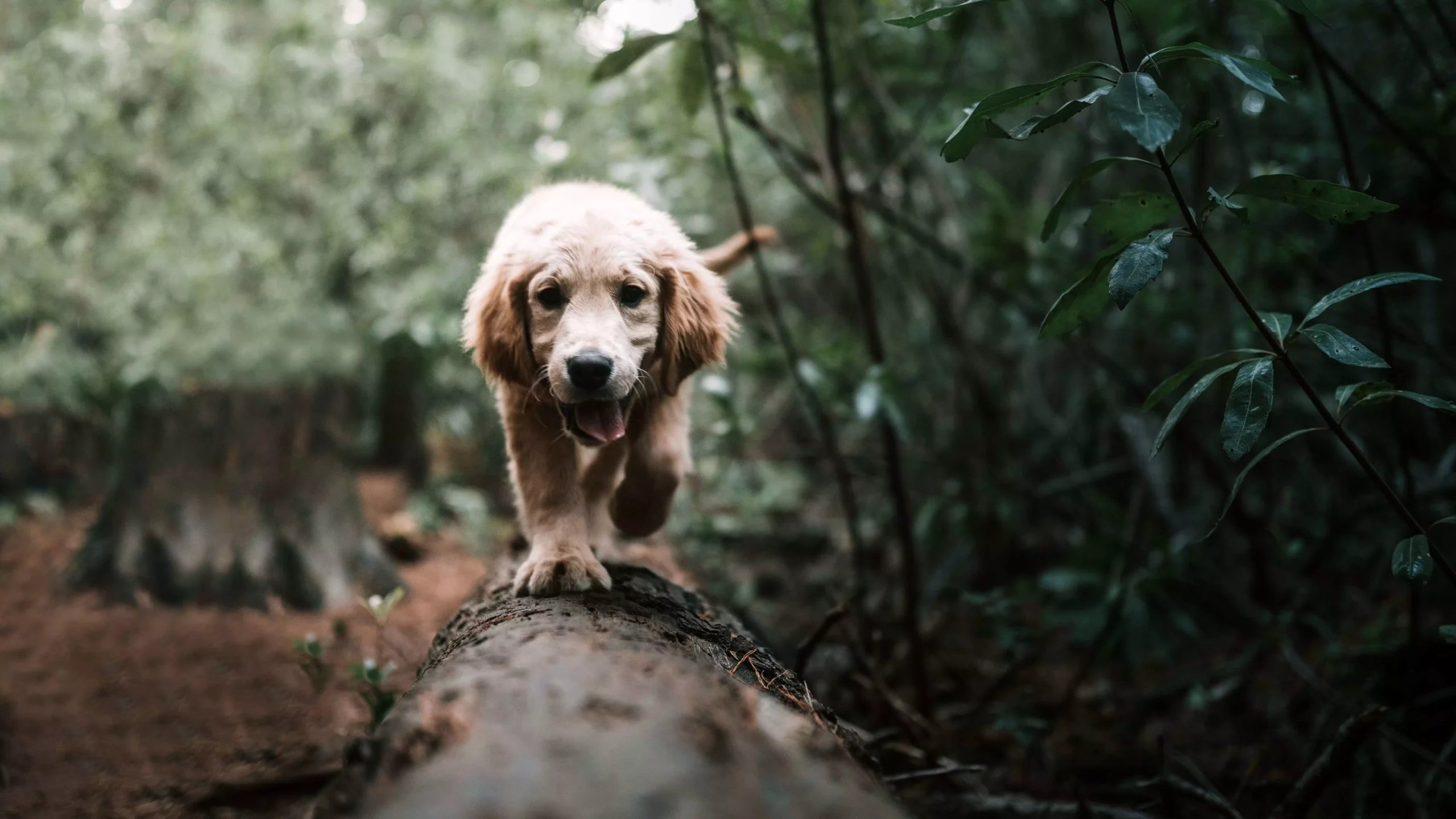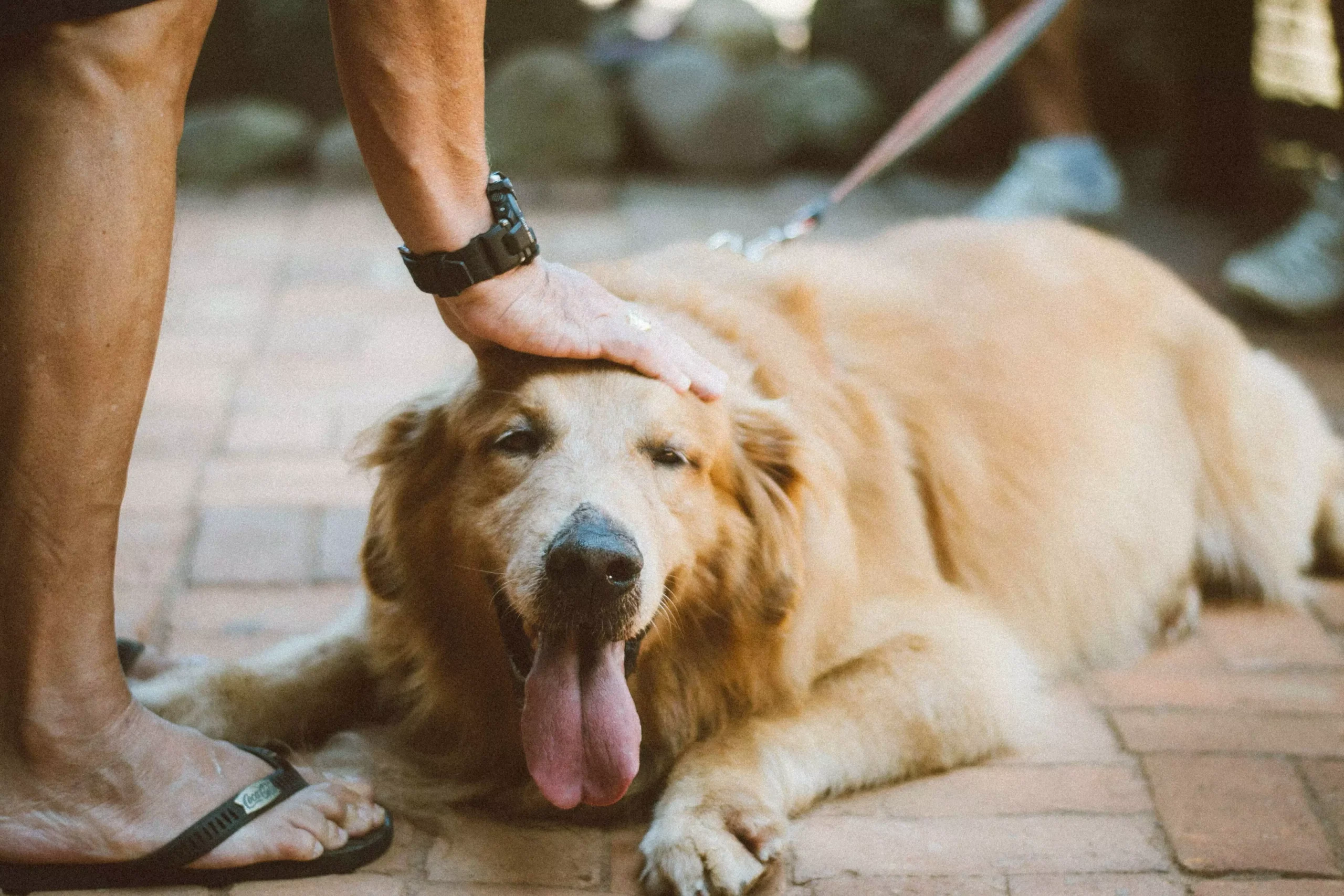Crate training is a valuable tool that can help ensure your dog’s safety, facilitate housebreaking, and provide them with a comfortable and secure space of their own. However, it’s crucial to establish a positive association with the crate to make it an enjoyable and stress-free experience for your furry friend. In this article, we will explore the steps you can take to create a positive association with crate training, allowing your dog to view their crate as a sanctuary rather than a confinement.
Why is a Positive Association Important?
Creating a positive association with crate training is essential to prevent your dog from developing negative emotions or associating the crate with punishment. By fostering a positive environment, your dog will willingly enter and stay in the crate, making it a beneficial and stress-free experience for both of you.
Step-by-Step Guide to Building a Positive Association with Crate Training
1. Choose the Right Crate: Size and Comfort
– Select an appropriately sized crate that allows your dog to stand, lie down, and turn around comfortably.
– Ensure the crate is comfortable by adding a cozy bed or blanket, and consider placing a few favorite toys or treats inside.
2. Introduce the Crate Gradually
– Allow your dog to explore the crate at their own pace by leaving the door open and allowing them to approach it freely.
– Encourage curiosity by placing treats, toys, or food near or inside the crate to entice your dog to investigate.
3. Make the Crate a Positive Space
– Associate positive experiences with the crate by providing treats, praise, or a favorite toy whenever your dog enters or spends time inside.
– Gradually increase the duration your dog spends in the crate, rewarding calm behavior and gradually closing the door for short periods (ensuring your dog remains comfortable and relaxed).
4. Create a Routine
– Establish a consistent routine for crate training, including regular feeding times, potty breaks, and playtime outside the crate.
– Use a specific cue or command when it’s time for your dog to enter the crate, such as “crate” or “bed,” to help them understand and associate the command with the desired action.
5. Avoid Negative Associations
– Never use the crate as a form of punishment, as this can undermine the positive association you are working to build.
– Avoid leaving your dog in the crate for extended periods, ensuring they have sufficient exercise, mental stimulation, and social interaction throughout the day.
Frequently Asked Questions (FAQs)
Q1: How long should my dog stay in the crate during crate training?
A1: The duration your dog should spend in the crate depends on their age, breed, and individual needs. As a general guideline, puppies can usually stay in the crate for one hour per month of age, up to a maximum of about 4-5 hours.
Q2: What if my dog shows resistance or anxiety towards the crate?
A2: If your dog exhibits signs of stress or anxiety, it’s crucial to proceed slowly and patiently. Gradually increase their comfort level by associating positive experiences with the crate, using treats, toys, or a favored blanket. Seek guidance from a professional dog trainer or behaviorist if necessary.
Q3: Can I use the crate for punishment if my dog misbehaves?
A3: No, the crate should never be used as a form of punishment. This can create negative associations with the crate and exacerbate behavior problems. Instead, focus on positive reinforcement and reward-based training methods to address any behavioral issues.
Q4: Is crate training suitable for all dogs?
A4: Crate training can be beneficial for most dogs when done correctly and with a positive approach. However, some dogs may have specific anxiety or behavioral issues that require alternative training methods. It’s always recommended to consult with a professional to determine the best approach for your dog’s individual needs.
By following these steps and establishing a positive association with crate training, you can create a safe and enjoyable space for your dog, ensuring crate training becomes a positive and valuable experience for them. Remember, patience, consistency, and positive reinforcement are key to success.



